02/12/2017 - Visiting the Giants
Публикувано: 15.12.2017
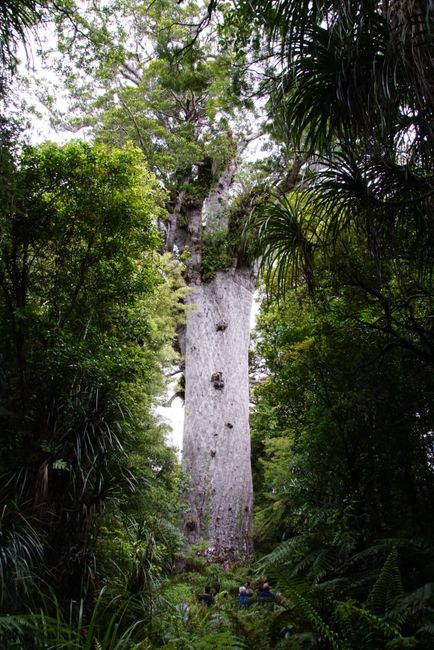
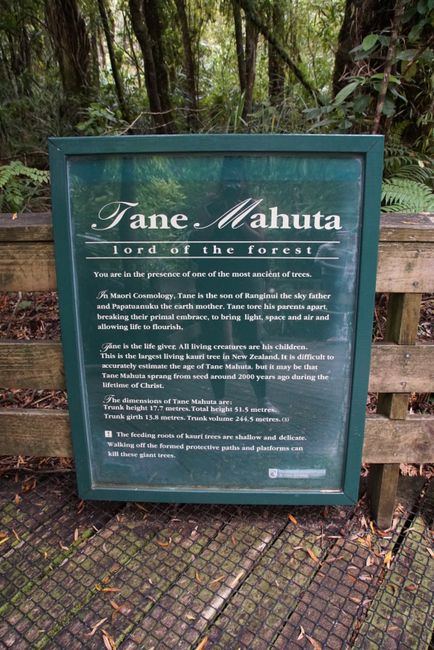
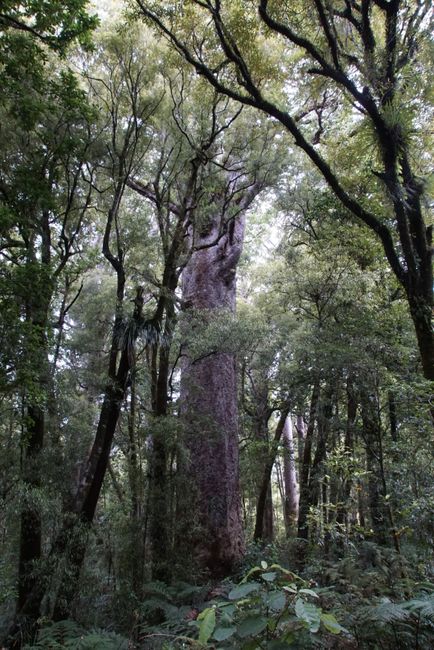
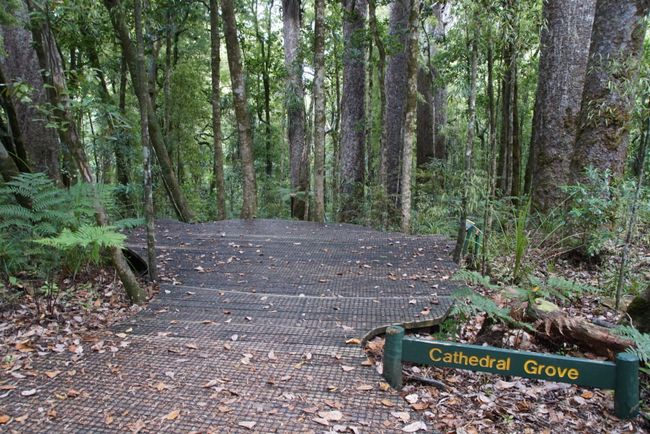
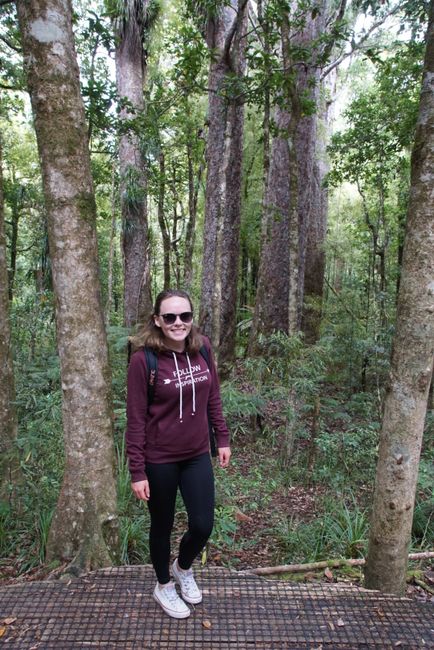
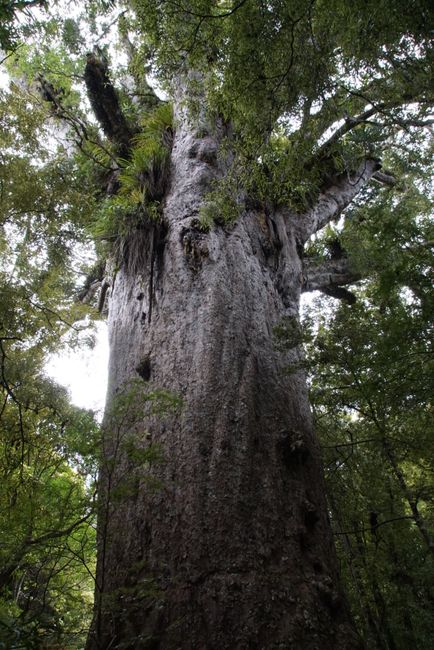
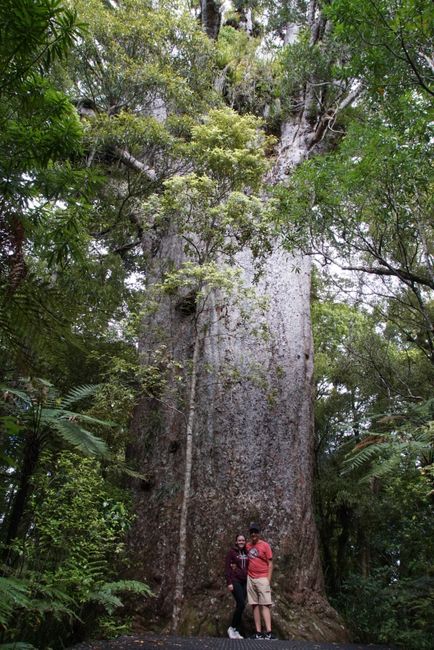
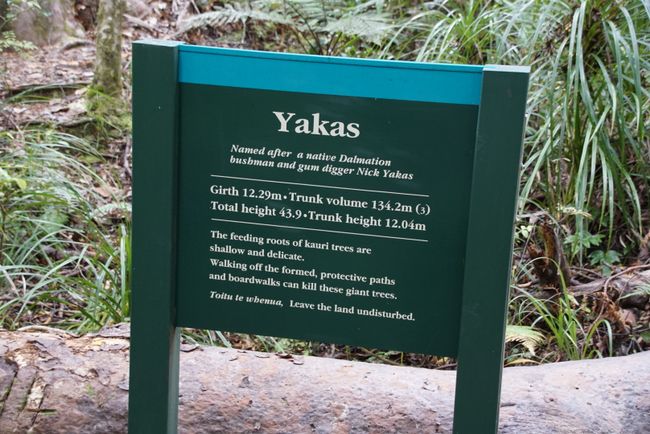
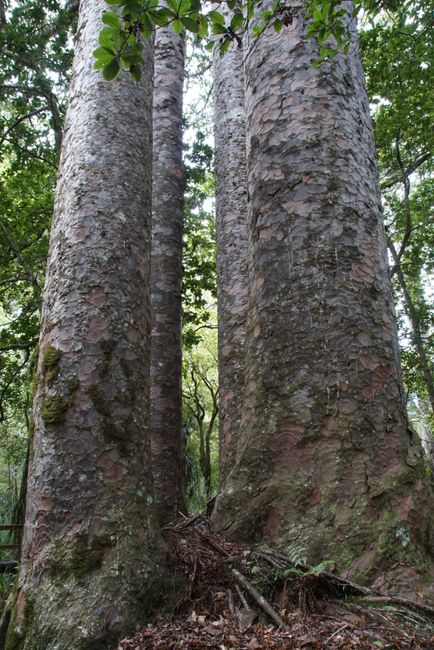
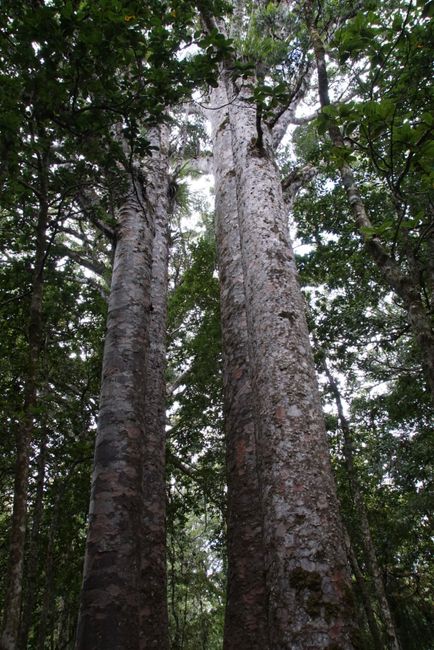
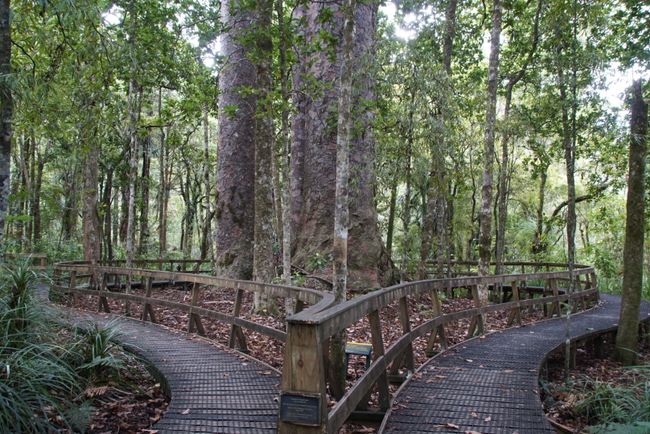
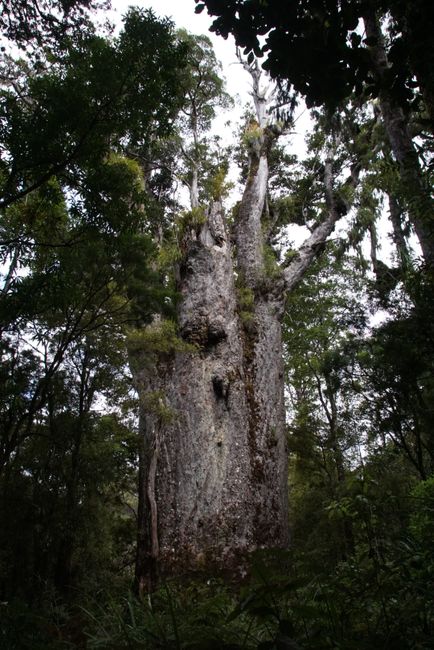
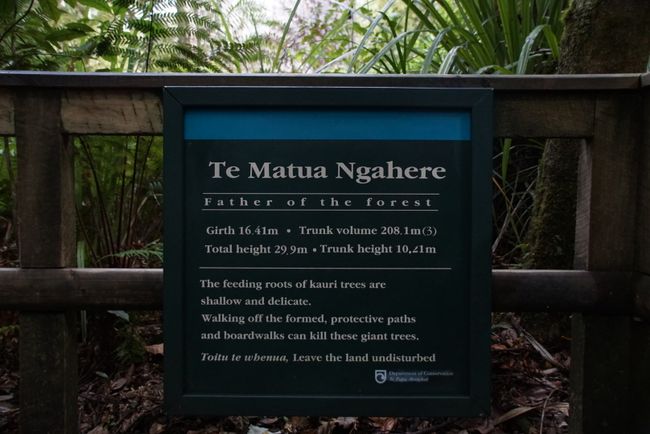
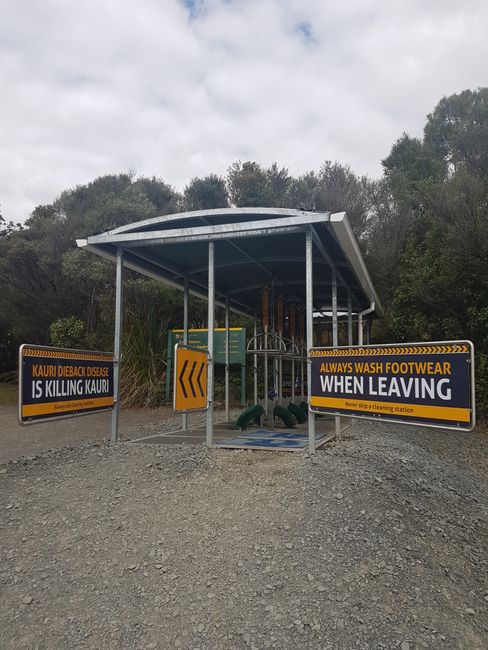
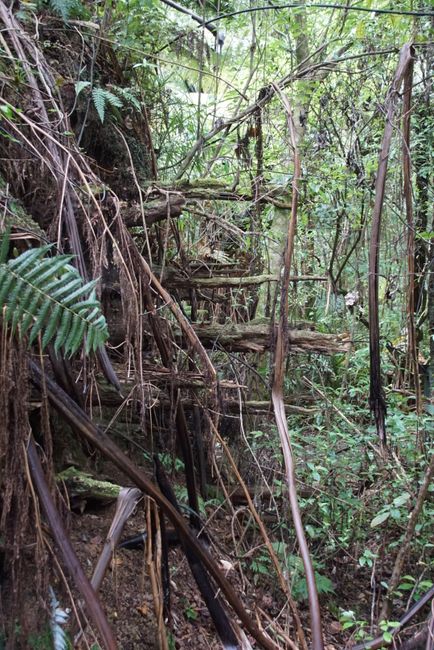
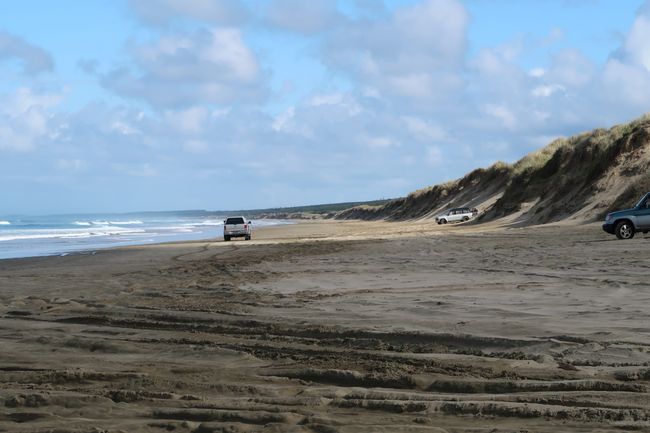
Абонирайте се за бюлетин
Since we drove from Auckland along the east coast all the way to Cape Reinga, we are now heading back along the west coast. The west coast doesn't offer as many attractions, so we plan to pass through Auckland within a week.
For today, a longer drive to Kaihu was planned. We were supposed to drive more than 220 kilometers on New Zealand's roads towards the south.
We made a short stop at 'Ninty Miles Beach'. This beach stretches for 90km and can be driven by car for the entire distance. However, there is a risk of getting stuck in the sand, so it is recommended to use all-wheel drive vehicles. Instead, we enjoyed the view of this beautiful, wide sandy beach and continued our drive on the paved roads.
As expected, the kilometers dragged on and so we decided to make a small stop at a viewpoint. Stretching our legs and enjoying a delicious apple helped us recharge, and we continued on our journey.
We gradually reached the 'Waipoua Forest'. This protected forest area is home to New Zealand's largest living Kauri trees. The route was very winding, with narrow passages and steep slopes.
The first Kauri tree we saw today is the largest living Kauri tree in New Zealand. 'Tane Mahuta' is 51.5m tall with a circumference of 13.8m. It only has branches at a height of about 18m, making the trunk very impressive. It is named after the Maori god of the forest, 'Tane'. It is estimated to be about 2000 years old and was discovered in 1928. It is difficult to put such a majestic sight into words. Its dimensions are hard to imagine and left us in awe.
Just a few meters further, we parked our car again. From here, three different hikes start to famous Kauri trees. The first turn leads to the seventh largest Kauri - 'Yakas'. On the way there, we walked past various large Kauri trees that were located along the path. After about half an hour on the forest trail, you reach a small terrace that offers a great view of several Kauri specimens. At the end of the 45-minute hike, we reached the highlight. Unlike Tana Mahuta, you can touch and hug Yakas. Of course, this is not possible alone, as it has a trunk circumference of about 12.3m. Since not many visitors make their way to Yakas, we were completely alone on site - a magical moment.
We now made our way back to reach the remaining two hikes. Another highlight of this forest are the 'Four Sisters'. These four sisters stand closely together and therefore share a root system.
Just like with Yakas, a platform has also been built here to walk around the trees. The roots of these Kauris, as one might expect because of their size and width, are not large at all. They are actually quite small and therefore very delicate. Many Kauris in this park are protected by platforms, so that the roots are not at greater risk.
The last hike led us to the second largest living Kauri tree - the 'Te Matua Ngahere - Father of the Forest'. Although it is not as tall, it has a trunk circumference of 16.41m, making it the widest tree in New Zealand.
Unfortunately, you could clearly see that this Kauri tree is in poor health. There are various factors that can harm Kauris. New Zealand has been fighting the so-called 'root rot' for years. As we mentioned in previous posts, there are washing stations in front of every nature reserve. The cause of the Kauris dying is inconspicuous fungi that gradually kill the tree. If a Kauri is infected, it becomes noticeable externally. Each tree has its own biotope in its crown. This completely recedes and bare branches remain. Even the bark completely separates from the trunk. What is left is a bright, bare, and dried-out Kauri tree.
The father of the forest was spared from fungi, but the main trunk was broken during a violent storm a few years ago. You can clearly see how the tree is trying to recover from this damage.
Back at the car, the winding road led us to the next campground. We checked in around 6:00 PM and will stay here for the next two nights.
Абонирайте се за бюлетин
Отговор

Отчети за пътуване Нова Зеландия

